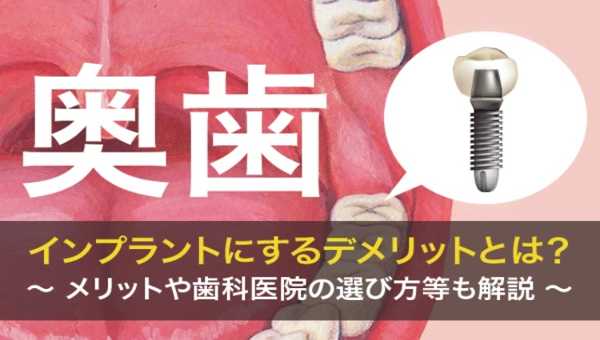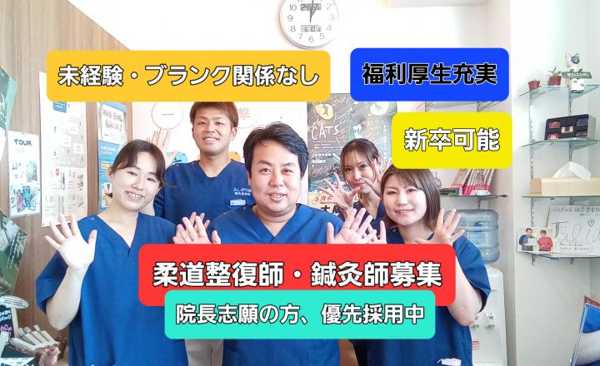エコキュートの交換を検討中の方へ|費用相場、業者選びのポイントを完全解説
Thyroid Eye Disease (TED): Recognizing Symptoms and Finding the Right Treatment
Thyroid Eye Disease (TED) is a progressive autoimmune condition that primarily affects the muscles and tissues around the eyes. It is most commonly linked to thyroid disorders such as Graves’ disease, but it can also occur in individuals with hypothyroidism or normal thyroid function. If left untreated, TED can lead to vision impairment, discomfort, and long-term complications.
Thyroid Eye Disease (TED) is a progressive autoimmune condition that primarily affects the muscles and tissues around the eyes. It is most commonly linked to thyroid disorders such as Graves’ disease, but it can also occur in individuals with hypothyroidism or normal thyroid function. If left untreated, TED can lead to vision impairment, discomfort, and long-term complications.
Identifying the early warning signs and seeking timely medical intervention can make a significant difference in managing the disease and preserving eye health.

What is Thyroid Eye Disease?
TED, also known as thyroid-associated ophthalmopathy, occurs when the immune system mistakenly attacks the eye muscles, fat, and tissues. This triggers inflammation, swelling, and scarring, leading to symptoms that range from mild irritation to severe vision impairment.
The disease progresses in two phases:
- Active Phase– This stage lasts six months to three years, during which inflammation and swelling actively worsen.
- Stable Phase– Once the inflammation subsides, some symptoms persist due to scarring, requiring treatment to correct vision or cosmetic concerns.
Early detection and treatment during the active phase can prevent severe complications and improve long-term outcomes.
Early Symptoms of Thyroid Eye Disease
TED symptoms often start gradually, making early detection challenging. Many of the first signs may resemble common eye conditions such as dry eye syndrome or allergies.
Common Early Symptoms:
✔ Mild puffiness or swelling around the eyes
✔ Eye discomfort, irritation, or a gritty sensation
✔ Increased sensitivity to light (photophobia)
✔ Watery or excessively dry eyes
✔ A slight “staring” appearance due to eyelid retraction
✔ A feeling of pressure behind the eyes
If these symptoms persist or worsen, it’s important to seek medical advice for early intervention.
Progression of TED: More Severe Symptoms
As TED advances, symptoms become more noticeable and may impact daily life. These include:
✔ Bulging or protruding eyes (proptosis) due to inflammation behind the eyes
✔ Persistent eyelid swelling and redness
✔ Difficulty moving the eyes, leading to pain during eye movement
✔ Double vision (diplopia) caused by eye muscle misalignment
✔ Blurred vision or difficulty focusing
In some cases, individuals may struggle with reading, driving, or working on a screen due to worsening symptoms.
Severe TED Symptoms That Require Urgent Care
In severe cases, TED can cause vision-threatening complications. Seek immediate medical attention if you experience:
✔ Sudden vision loss or extreme visual changes
✔ Severe pain or pressure behind the eyes
✔ Inability to fully close the eyes, leading to excessive dryness and corneal damage
✔ Loss of peripheral vision or difficulty distinguishing colors
These symptoms may indicate optic nerve compression (dysthyroid optic neuropathy, DON), a condition that requires urgent treatment to prevent permanent vision loss.
Who is at Risk for Thyroid Eye Disease?
Several factors can increase the likelihood of developing TED:
✔ Thyroid Disorders – Most common in individuals with Graves’ disease, but can also affect those with hypothyroidism or normal thyroid levels.
✔ Smoking – The strongest risk factor for developing severe TED. Smoking increases inflammation and worsens disease progression.
✔ Gender & Age – TED is more frequent in women, particularly between 40 and 60 years old, though men often experience more severe cases.
✔ Family History – Having a genetic predisposition to autoimmune diseases raises the risk of TED.
✔ Radioactive Iodine Therapy – Used to treat hyperthyroidism, but may trigger or worsen TED symptoms in some cases.
How is Thyroid Eye Disease Diagnosed?
A thorough clinical evaluation is necessary to diagnose TED. Common tests include:
1️⃣ Eye Examination – Evaluates eye movement, swelling, and vision clarity.
2️⃣ Thyroid Function Tests – Blood tests to assess thyroid hormone levels and autoimmune markers.
3️⃣ Imaging (CT Scan or MRI) – Helps detect inflammation, swelling, and optic nerve compression.
4️⃣ Visual Field Testing – Measures peripheral vision loss caused by TED.
5️⃣ Ocular Motility Testing – Examines double vision severity and eye misalignment.
Early diagnosis allows for timely treatment, helping to prevent vision complications.
Treatment Options for Thyroid Eye Disease
TED treatment depends on the severity of symptoms and whether the disease is in the active or stable phase.
1. Home Care for Mild TED
For mild cases, lifestyle adjustments and self-care can help relieve discomfort:
✔ Use artificial tears to reduce dryness and irritation.
✔ Wear sunglasses to protect against light sensitivity and environmental irritants.
✔ Sleep with your head elevated to minimize morning eye swelling.
✔ Quit smoking, as it significantly worsens TED and delays healing.
✔ Monitor thyroid function and follow medical recommendations.
2. Medications for Moderate to Severe TED
✔ Corticosteroids (e.g., prednisone) – Help reduce inflammation and swelling.
✔ Tepezza (teprotumumab) – An FDA-approved drug specifically designed for TED, reducing eye bulging and double vision.
✔ Radiation Therapy – Used in select cases to control inflammation of the eye muscles.
3. Surgical Interventions for Severe TED
For advanced cases, surgery may be necessary to restore function and protect vision:
✔ Orbital Decompression Surgery – Expands the eye socket to reduce bulging and relieve optic nerve pressure.
✔ Strabismus Surgery – Aligns the eye muscles to correct double vision.
✔ Eyelid Surgery – Improves eyelid closure to prevent excessive dryness and exposure-related damage.
Can TED Be Prevented?
Although TED cannot always be prevented, proactive steps can help reduce the risk and severity of symptoms:
✔ Quit Smoking – The most effective way to lower TED severity and progression.
✔ Manage Thyroid Levels – Regular thyroid monitoring and proper treatment are essential.
✔ Protect Your Eyes – Wear sunglasses, use artificial tears, and take breaks from screens.
✔ Seek Early Medical Attention – If you have a thyroid disorder, monitor for eye discomfort, swelling, or vision changes.
Final Thoughts: Why Early Detection Matters
Thyroid Eye Disease can significantly impact vision and daily life, but early intervention and proper treatment can prevent complications and improve quality of life.
If you experience persistent eye irritation, swelling, or changes in vision, do not ignore the signs—seeking medical advice early can help protect your eye health and prevent long-term damage.
With advanced treatments, lifestyle adjustments, and regular monitoring, TED can be effectively managed, ensuring better vision and long-term well-being.











